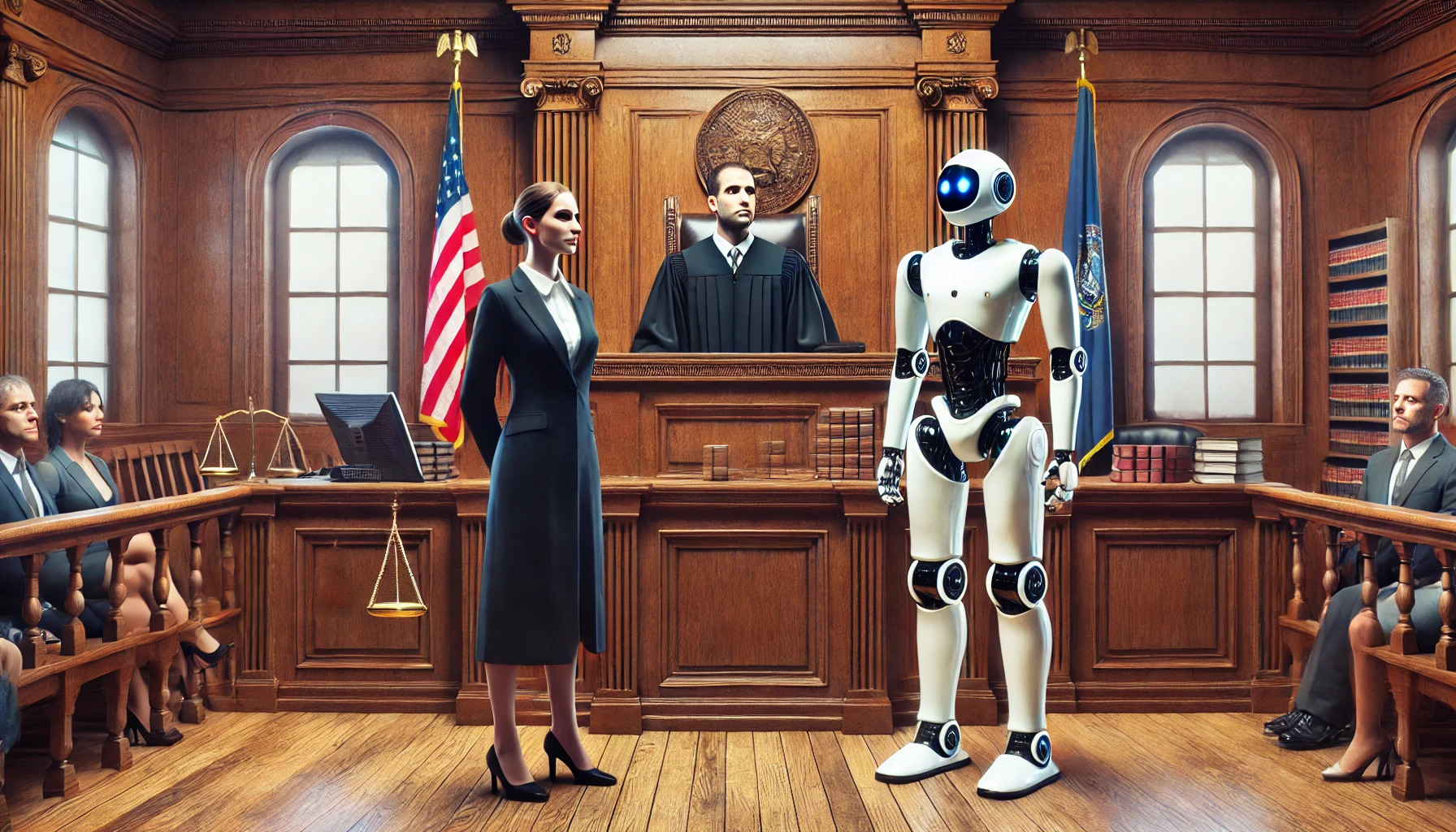The ongoing legal tussle between emerging music platforms Suno and Udio and the Recording Industry Association of America (RIAA) has taken a significant turn. Both companies face multiple copyright lawsuits from the RIAA, which claims that Suno and Udio’s use of copyrighted material constitutes violation of intellectual property laws. However, the platforms are firmly standing their ground, emphasizing fair use and the originality of their soundalike outputs.
Background of the Lawsuits
The RIAA, representing major music labels, asserts that Suno and Udio have been infringing on copyrighted music tracks by creating soundalike versions and distributing them on their platforms. These soundalike versions allegedly mimic the style, tempo, and melody of well-known songs without proper licensing or royalties being paid to the original rights holders. The RIAA seeks significant financial compensation for these alleged breaches of copyright law.
The Defense: Fair Use Doctrine
In response, Suno and Udio have mounted a robust defense centered around the fair use doctrine. Fair use is a legal principle under U.S. copyright law that permits limited use of copyrighted material without acquiring permission from the rights holders. This doctrine usually applies for purposes such as criticism, commentary, news reporting, teaching, scholarship, or research.
Suno and Udio argue that their platforms fall within the bounds of fair use because they provide transformative value by reimagining the original works in new and creative ways. They claim that their soundalike outputs are not mere copies but rather unique new creations that offer an innovative listening experience, which differs markedly from the original compositions.
Originality of Soundalike Outputs
Another crucial aspect of the defense is the assertion that soundalike outputs are original works. Both platforms have employed advanced artificial intelligence (AI) algorithms and proprietary technology to generate music that may evoke the essence of popular songs but are, in effect, novel compositions.
Suno and Udio highlight that their AI systems analyze multiple elements such as harmony, rhythm, and musical arrangements to create distinct pieces of music. Thus, while these outputs may sound familiar or reminiscent of existing songs, they contain unique characteristics and attributes that distinguish them from the originals.
The Implications for the Music Industry
The outcome of this high-stakes legal battle could have profound implications for the music industry. A ruling in favor of Suno and Udio could pave the way for a new era of innovation in music creation and distribution, fostering an environment where technology and artistry converge. On the other hand, a decision backing the RIAA’s claims could tighten the rein on how new platforms and technologies interact with copyrighted material, potentially stifacing creative explorations and advancements.
This case also brings to fore the nuanced complexities of digital copyright laws and the challenges of applying traditional intellectual property concepts to rapidly evolving tech-driven industries. As such, this legal confrontation is being closely monitored by industry insiders, policymakers, and artists alike, as its ramifications could redefine the foundational principles of music licensing and copyright enforcement.
Robots Don’t Want To Pay The Composers
As Suno and Udio continue to battle the RIAA’s lawsuits, they remain steadfast in their commitment to advocating for fair use and proving the originality of their soundalike outputs. This legal dispute not only highlights the ongoing tension between innovation and regulation but also underscores the need for clear, updated frameworks that can accommodate the dynamic landscape of digital music creation and distribution. The music world waits with bated breath to see how this landmark case will unfold and shape the future of the industry.


